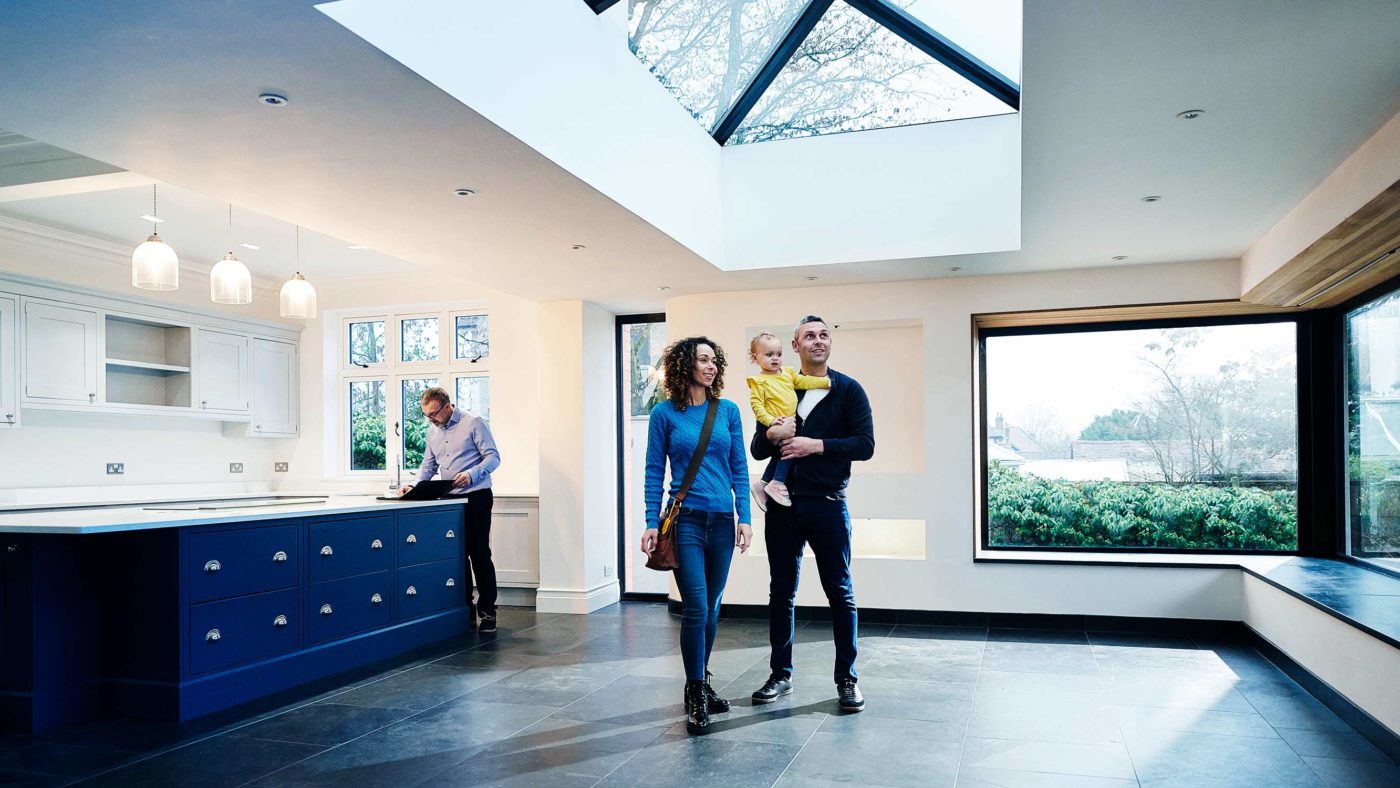Speaking at Policy Exchange last month, Housing Secretary Robert Jenrick formally announced the National Model Design Code with a vow to end the ‘culture of mediocrity’ plaguing housebuilding. Eradicating ‘ugly’ architecture is now the mandate of the newly launched Office for Place, intended to drive up beauty standards through a review of locally produced design codes alongside updated national policy.
As an aspiration, and a philosophy underpinned by earlier findings of Sir Roger Scruton’s Building Better Building Beautiful Commission, the Government’s idea of what’s ‘attractive’ appears heavily influenced by a desire to return to the past. Traditional architecture and the old ways of placemaking are both ‘provably popular’ and ‘good for the soul’, combining joined-up Victorian terraces and gentle intensification with tree-lined streets and green spaces.
While no one would argue with the contention that what we build must be ‘beautiful’, aesthetic alone does not create a sense of place and wellbeing. Responsive design which prioritises style over substance risks putting the visuals of a community before its amenities. Especially in urban areas where the Government still wants to maximise the delivery of new housing, the challenge is to reconcile ‘pretty’ design with what’s practical and socially valuable from a resident’s or occupant’s perspective.
Given that policymakers today are looking to Victorian Britain as a hallmark of quality placemaking, we should be considering why the typologies of the past were conceived in the first place. It definitely wasn’t because beauty was the preference over good quality and healthy spaces: Victorian Britain was cleaved by deep inequalities across wealth and social class which demanded an overhaul in attitudes towards public health. ‘Beauty’ was the byproduct of a social value approach to urban planning.
We can learn a lot from this approach, particularly in our densest cities where overcrowding and substandard living conditions are still active concerns. Considering health and wellbeing first, and interior features such as light, heat, fresh air and ventilation, creates the right internal environment to begin considering setting and a building’s relationship with its local community.
People must feel comfortable in their immediate space to benefit from a sense of place. It might seem obvious, but whether a place is aesthetically attractive does not solely determine how a residential environment is experienced. Especially in urban areas, it is the combination of density, design, build quality, amenities and open space, safety, location, infrastructure, and general upkeep that collectively informs belonging to where you live.
Over the coming months, as the Government explores the untapped potential of brownfield land in our towns and cities and introduces new standards of ‘beauty’, the Office for Place should consider the findings from an LSE report published in March 2020, which recommended measuring social value through Post Occupancy Evaluation (POE). Those surveys reveal that people find more ‘beauty’ in their local communities when they’re happier in the confines of their home, and these expressions of belonging and wellbeing will be fundamental to locally produced design codes that are to inform local needs, surroundings and established vernacular.
Architects, too, should make best use of RIBA’s Social Value Toolkit as a means of assessing the relationship between internal design and exterior community. The shared experiences of occupiers are essential if design is to appropriately meet changing expectations.
The experiences of Victorian Britain and the approach to density in that age tells us that we cannot prioritise aesthetics over the social purpose of housing. ‘Beauty’ is one part of this puzzle, but we should not lose sight of what makes and enhances prosperous communities. A sense of place is multi-dimensional, and how we measure social value will be fundamental to that aspiration.
Click here to subscribe to our daily briefing – the best pieces from CapX and across the web.
CapX depends on the generosity of its readers. If you value what we do, please consider making a donation.


